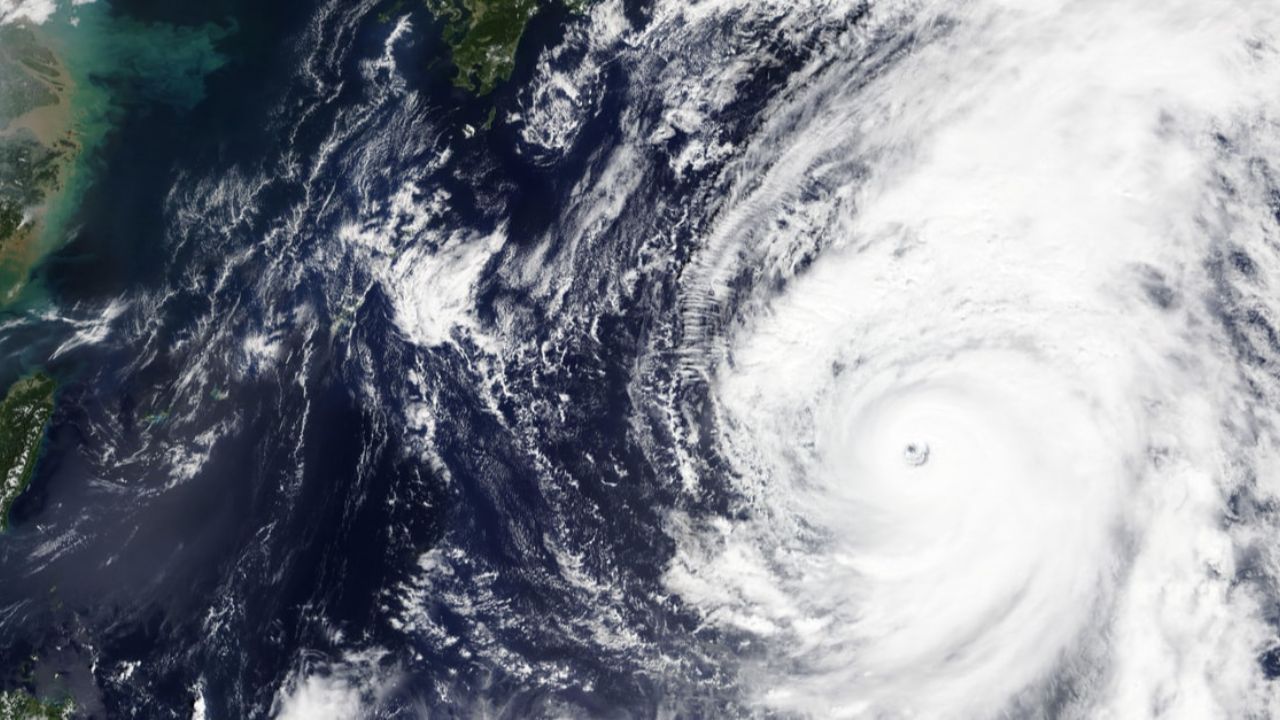The Kanto region of Japan, including the bustling metropolis of Tokyo, faces a significant threat from typhoons, particularly during typhoon season. This article provides crucial information about typhoon preparedness, the history of typhoons in Kanto, and how you can support recovery efforts.
Understanding the risks associated with a typhoon in Kanto (or a Kanto typhoon) is the first step towards ensuring your safety and contributing to community resilience.

Your donations help Peace Winds provide long-term recovery aid in Japan. You can donate from abroad.
Peace Winds is a non-profit organization that supports disaster relief and recovery in Japan and abroad.Your donations will allow them to provide immediate relief when disasters strike and to maintain long-term recovery programs as communities rebuild.Check out Peace Winds’ website to learn about current programs that are helping communities in need.

*Gooddo is partnering with Peace Winds, a nonprofit organization that supports disaster relief and recovery in Japan and abroad.
The Threat of Kanto Typhoon

The location of Kanto on Honshu Island, directly facing the Pacific Ocean, makes it a prime target for typhoons. These powerful storms originate in the Pacific and often make landfall in Kanto, bringing with them destructive winds, torrential rainfall, and the potential for flooding, landslides, and storm surges.
The impact of a typhoon Kanto can be devastating, leading to loss of life, widespread infrastructure damage, and significant economic disruption.
Kanto Typhoon History: A Timeline of Major Impacts

Kanto has a history of significant typhoon strikes. Recalling these past events underscores the importance of preparedness:
These two storms combined caused significant damage, including long-lasting power outages and water supply disruptions. The phrase “typhoon in Kanto” became synonymous with these devastating events.
Each of these typhoons caused significant damage, including flooding, landslides, and infrastructure damage, highlighting the region’s vulnerability.
Disaster Preparedness: Essential Steps for a Typhoon in Kanto

Preparing for a Kanto typhoon is crucial for your safety. Here are key steps to take:
1.Disaster Kit: Assemble a kit with essentials like water, non-perishable food, a first-aid kit, a flashlight, a radio, important documents, cash, and a whistle.
2.Communication Plan: Establish a family communication plan with a designated meeting point and contact information.
3.Stay Informed: Monitor weather reports from the Japan Meteorological Agency (JMA) and heed evacuation orders. Understanding the specific warnings related to a “typhoon in Kanto” is vital.
Supporting Kanto Typhoon Recovery
Recovering from a typhoon requires community effort. Financial contributions are essential for providing immediate relief and supporting long-term rebuilding. Additionally, volunteering and providing necessary supplies can significantly aid in the recovery process.
Donate to Kanto Typhoon Relief
Your donation, no matter the size, can make a significant difference in helping communities rebuild after a Kanto typhoon. By contributing to relief efforts, you are directly assisting those affected by these devastating storms.
Conclusion: Building Resilience Against Typhoons in Kanto
The threat of a typhoon in Kanto is undeniable. By prioritizing preparedness and contributing to recovery efforts, we can build more resilient communities. Understanding the history of typhoon events in Kanto and taking proactive steps to prepare can significantly mitigate the impact of future storms.
Please donate today, volunteer, and share this information to help protect lives and strengthen Kanto’s resilience against typhoons.

Your donations help Peace Winds provide long-term recovery aid in Japan. You can donate from abroad.
Peace Winds is a non-profit organization that supports disaster relief and recovery in Japan and abroad.Your donations will allow them to provide immediate relief when disasters strike and to maintain long-term recovery programs as communities rebuild.Check out Peace Winds’ website to learn about current programs that are helping communities in need.

*Gooddo is partnering with Peace Winds, a nonprofit organization that supports disaster relief and recovery in Japan and abroad.

